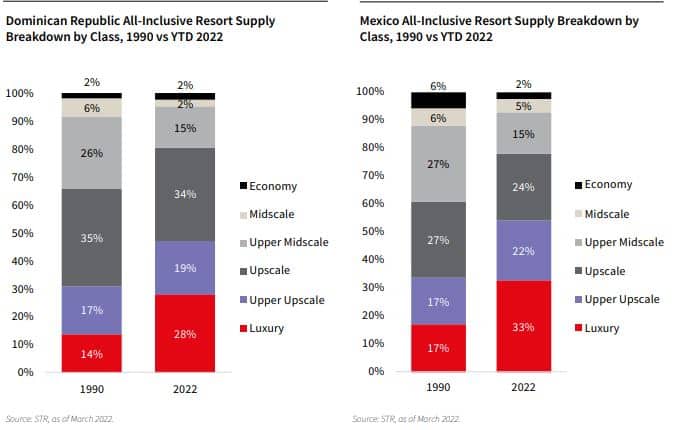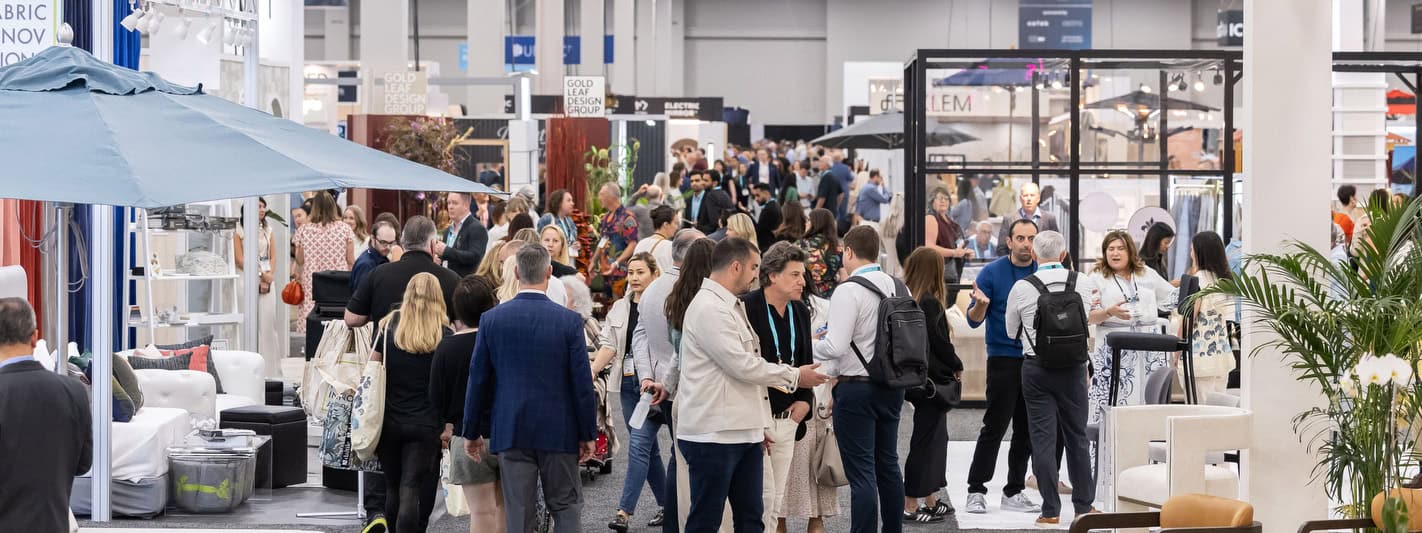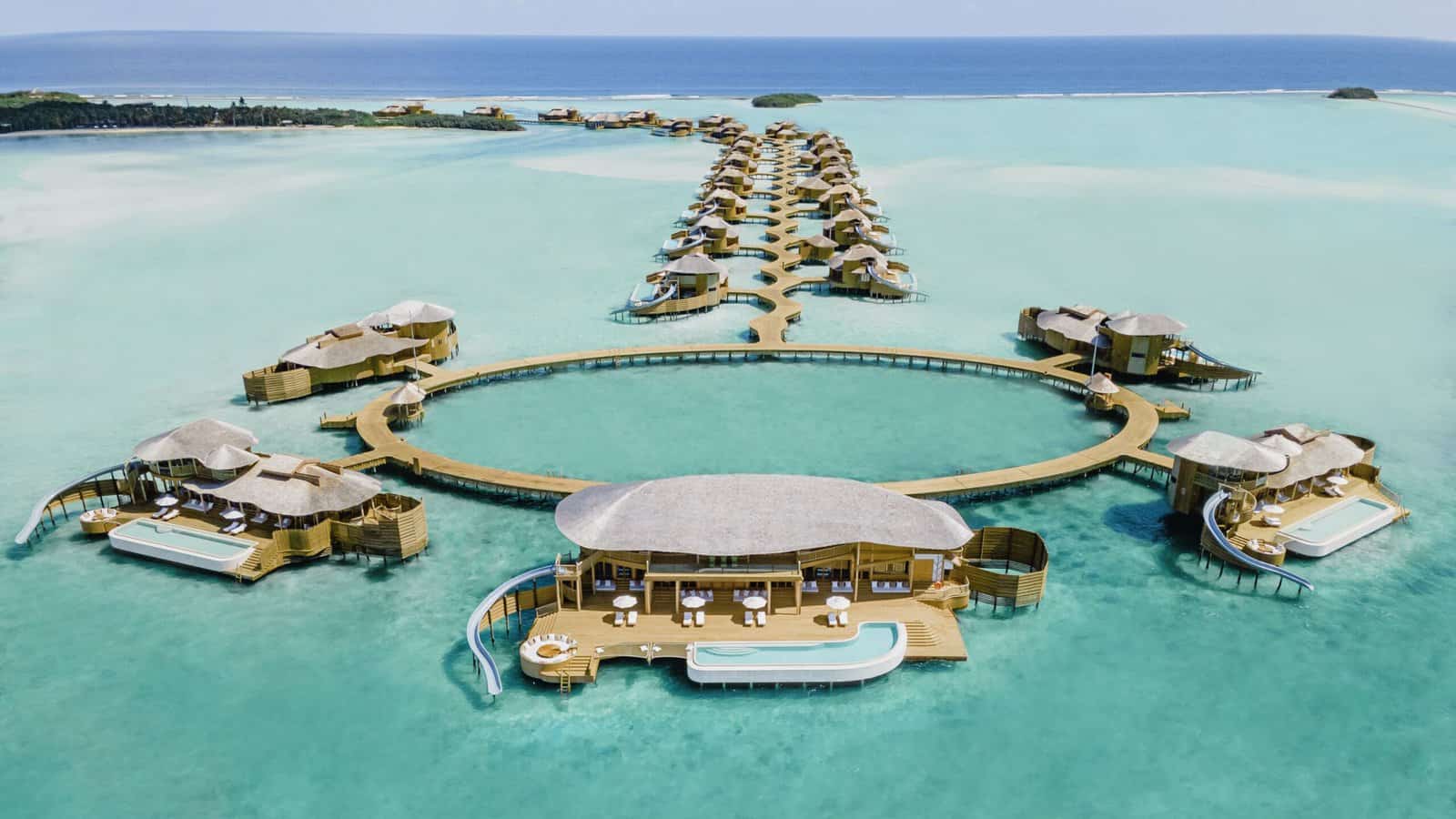
The last few years have been anything but typical for the hospitality industry. Traditional patterns have been shifted, travel groups and sectors have shuffled around their market share, and traveler demand has both been at an all-time low and all-time high.
We’ve watched as the reliable business travel and group travel sectors have gone from the highest share to some of the slowest to recover as vacation travel has quickly overtaken both of them. Part of this shift included the growth of boutique hotel demands and smaller scale travels. What is happening now is that all-inclusive resorts are getting their turn to be part of the larger surge.
The All-Inclusive Simplicity
The history of all-inclusive resorts goes all the way back to the 1950s, but they didn’t really take off to be what we know them today until the 1980-1990s. The main attraction has always been: everything you need, all in one place. We’ve seen the concept grow and develop over time to go from catered towards the single traveler, to more honeymoon couples and families, and now to a more luxurious side of the market.

One of the biggest perks of that type of vacation mindset, is the simplicity. Planning a budget is easier. There are very few additional charges, and your hotel and food budget is set and known well ahead of time. Planning the itinerary is as simple as knowing your arrival and departure dates. Additional activities can be booked in advance, but many prefer to see where the day takes them in the moment. It’s perfect for the traveler that prefers to unwind and have a relaxation vacation.
All of those things still come into play in a post-pandemic market as well, and are even more important.
Post-Pandemic Travel
Over the last year, travel has absolutely returned, and in certain sectors, higher than ever. There is a shift in “how” people travel and where, but there is still a surge in the overall leisure side of travel. The only change in the “how often” of travel is more. With work from home a rising trend and standard practice, many are taking even more time to vacation and travel than they had before. Or if the frequency itself hasn’t changed, the quality and luxury has been a higher priority. People are taking more and nicer vacations than they ever have, opting for an upgrade because “why not?”
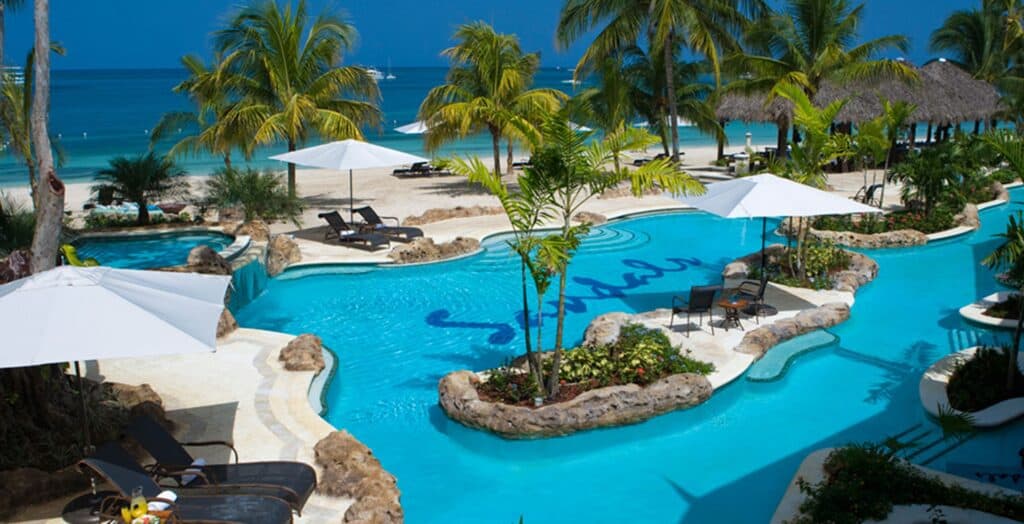
All-inclusive resorts come into play with this mentality as well. What has historically been a perception of a midscale and upper midscale experience, has grown much more in luxury properties as well to meet the rising needs and expectations.
But why all-inclusive? For one thing, they are much easier to plan and have something for everyone. Travel restrictions over the past year have added a level of complication, so only having one destination eases those extra preparation steps. The added convenience of the nature of the properties has a huge appeal after the overwhelming and complicated few years, and allows for an easier peace of mind. In a way, all-inclusive resorts fit a similar need as a cruise, but on land rather than on a boat. With many cruises only coming back over the last 6-8 months, travelers have opted for a similar experience with an all-inclusive hotel.
According to a recent JLL report, “Demand for all-inclusive resorts is surging, with AI resorts in Mexico and the Dominican Republic averaging an occupancy recovery of 77% on a March 2022 TTM basis relative to 2019.”
The Shift of Sector Demand
For many years, all-inclusive resorts immediately followed thoughts of honeymoons and midscale and upper-midscale family vacations. Brands like Sandals Resorts and Beaches Resorts come to mind first and are still forerunners in the industry.
According to that same JLL report, the shift towards luxury in the last 30 years has been enormous. The desire for more grandiose experiences continually shifts the scale towards higher and higher luxury. Sandals and Beaches are also continuously improving and cultivating a more luxury experience with each renovation to stay with the market demands.
Private resort-wide beaches have now given way to private pools off your patio of your private cabana, and cottages suspended over the ocean with individual access to the water. Buffets have led to submerged restaurants nestled among the reef with a 360 degree view of the fish below. Amenities and activities have grown and elevated as well as each traveler decides to treat themselves to a little higher of an experience. Trade the complications of a different trip to the simplicity but opulence of a luxury resort.
“Data from Wyndham Hotels & Resorts shows that 75 percent of travelers believe the best way to travel is to book an all-inclusive trip and 77 percent think an all-inclusive vacation is the least stressful way to travel.” – Travel Pulse
New Brands Entering the All-Inclusive Market
It’s clear that the demand for all-inclusive resorts has been growing, and even so that new brands have decided to join the market. Brands such as the Ozen Collection, Ikos Resorts, Excellence Resorts, Cayuga Collection, and Hideaway Hotels are just a few that mark the high-end luxury experiences. In addition, brands that are well known throughout the hospitality industry have decided to join the all-inclusive market.
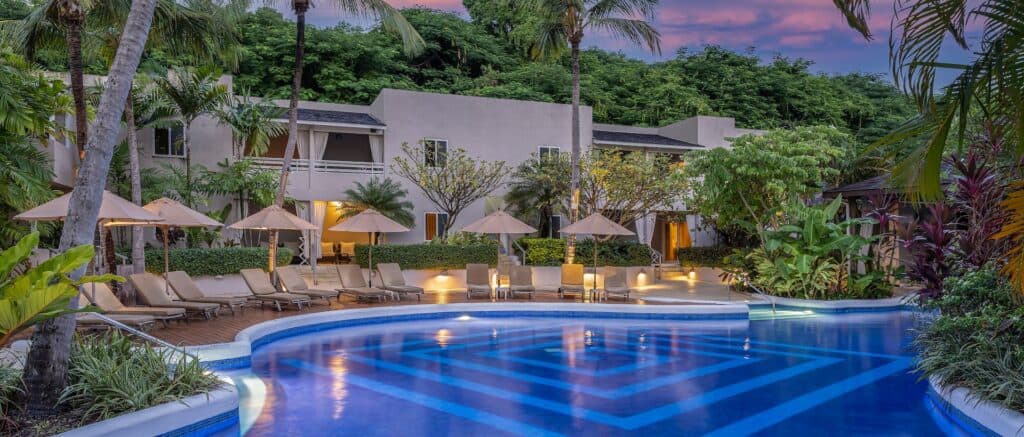
Marriott announced a push towards all-inclusive back in 2019, with several hotels opening over the next few years under recognizable names such as Ritz-Carlton and W. “All-Inclusive by Marriott Bonvoy” will allow reward members to use points earned from stays at other Marriott properties towards an all-inclusive experience.
Similarly, Hyatt has created “The Inclusive Collection“, allowing their guests to have an immersive experience in a wide selection of locations. This was possible in large part to their acquisition of Apple Leisure Group in November of last year, greatly expanding their portfolio.
The vacation ownership giant Wyndham Destinations (Travel + Leisure) also has their all-inclusive resorts, an addition to their Hotels & Resorts Corporation. Wyndham Alltra currently has two resort locations, and are expected to grow.
What is Driving Demand?
So why the sudden demand for all-inclusive experiences now? Well, for the same reasons discussed above:
- Simple Budgeting – the price is easy to know ahead of time, plan, budget, and pay for all before you leave.
- Hassle-Free Planning – know exactly where you’re going, and what’s required to get there. All other plans can be made later.
- Upgraded Opulence – many travelers are wanting to treat themselves, and do a more memorable experience and willing to spend a little more to get it.
- Ease of Travel – travel restrictions have lightened across the globe more now versus a few months ago, but having one destination makes it much easier to plan the travel itself.
- Accessibility – many locations have a specific focus, some are adult only, some are family-oriented, but there is something for each person who would like to try this type of experience.
This still doesn’t mean that all-inclusive resorts are for everyone, and that other hotel sectors and brands aren’t still equally important. It is interesting to see though, how one small part of this huge, incredible hospitality industry, can shift in demand and class, and how the industry as a whole seamlessly adjusts to changes in the market.

